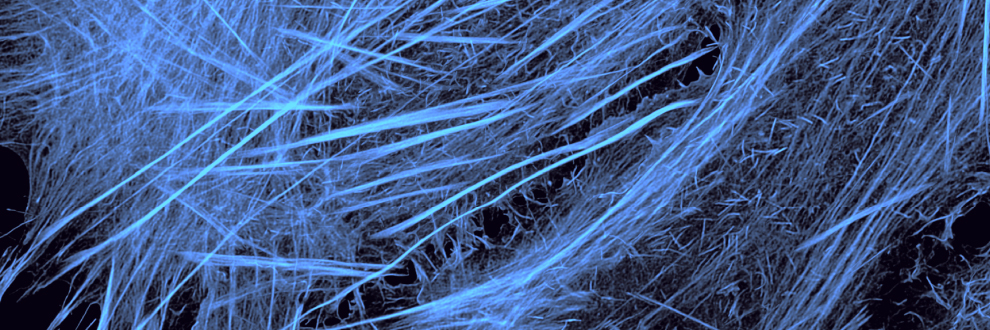
A center on complex systems
The Center for Complexity & Biosystems (CC&B) is an interdisciplinary center for complex systems at the University of Milan.
Mission of the CC&B: The functioning of cellular processes, the organization of a biological organism, social dynamics and the behavior of many materials are complex phenomena emerging in a non trivial way from the interaction of an ensemble of elementary elements. To tackle the scientific and technological challenges posed by complex systems we need a new interdisciplinary approach that can help us to interpret the growing amount of data in all these fields of research. The CC&B is taking the challenge to study emergent properties of complex, biological and biomimetic materials, to understand how elementary cellular and bio-molecular processes result in the physiological and pathological behavior of an organism, and to analyze quantitatively dynamics of complex networks.
Data driven science at CC&B: Scientific research in the twenty-first century is more and more driven by enormous amounts of data. Extracting quantitative information from data is thus becoming a pressing challenge in all fields but particularly in biomedical research. Examples of the applications of CC&B research include (but are not restricted to):
Quantitative image analysis:
Three dimensional reconstruction from confocal images.
Cell tracking, migration assays/wound healing.
Cell colony counting and statistics.Pathways and genomics:
Integrative analysis of genomic, transcriptomic, miRNA and proteomic data.
Simulations of pathways and metabolic networks.Computational modeling for biological systems:
Molecular dynamics simulations of proteins.
Meso-scale models of cellular processes.Computational materials modeling:
Simulations of micro and nano-mechanics of crystalline and amorphous materials.
Mechanics of bio-inspired materials.Statistical analysis of complex networks.
Analysis and compression of web and social graphs.
High performance parallel web crawling.
Analysis of multilayer networks.Machine and deep learning.
Pattern recognition, classification, clustering.
Data mining
